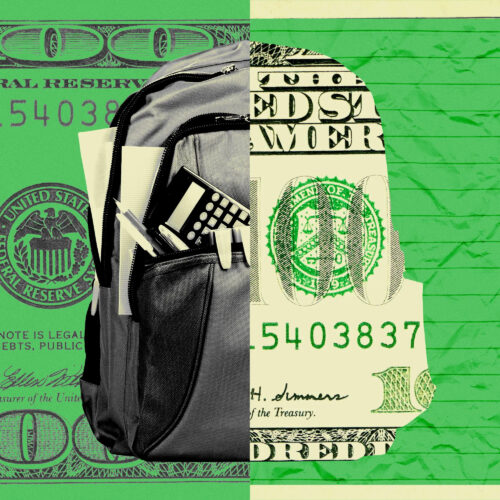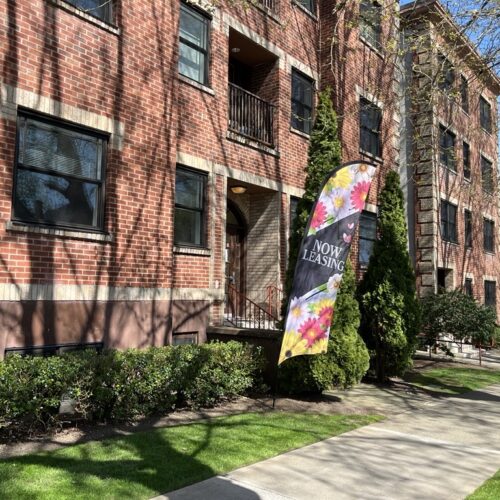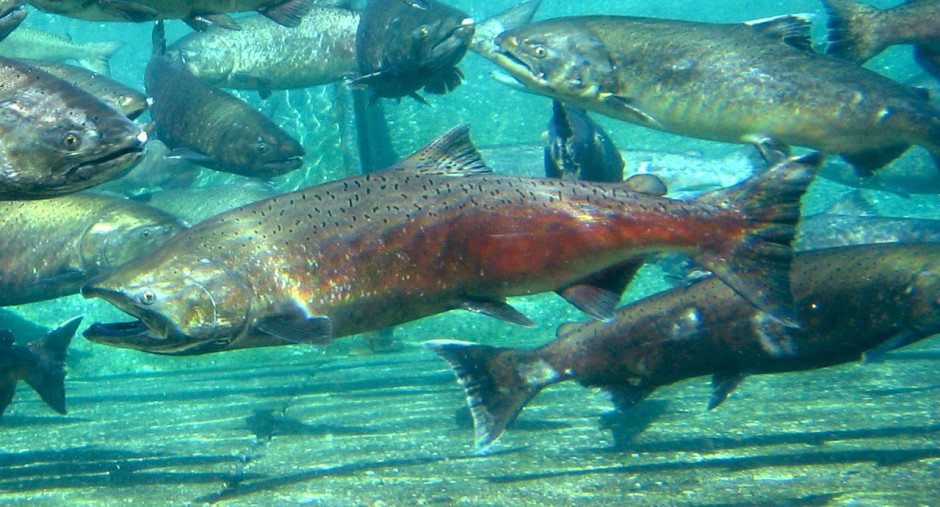
A Mixed Bag: Northwest’s Iconic Salmon Face Tough Conditions During Ocean Journey
READ ON
Ocean conditions can be integral to salmon survival. And in 2021, the Pacific Northwest’s iconic fish will face a mixed bag: some good and some bad conditions while out at sea.
Salmon survive best when the water is cooler along the coast and warmer farther out. Colder La Niña conditions have also led to higher salmon counts. Right now, that’s exactly what’s happening. But things will likely change over the summer.
“The next few months look pretty good. However, things are expected to change. A lot of the warm water we’ve seen the past couple of years is not gone completely. It’s just not at the surface,” says Brian Burke, a research fisheries biologist with NOAA Fisheries.
The mixed messages the ocean is sending for salmon survival could be frustrating for fisheries managers, who are trying to figure out how many fish will return to fresh waters.
Warm water may come close to the coastline this July through September, which spells trouble for salmon in the ocean.
Salmon Challenges
Burke outlined some of the challenges salmon may face in the ocean at a recent Northwest Power and Conservation Council meeting.
More good news for salmon: they had a lot of good food to eat in the ocean in 2020. Small aquatic crustaceans, known as copepods, were abundant last year. Copepods are often used as an indicator of salmon survival in the ocean. For salmon, the northern species of copepods are what Burke calls “cheeseburgers of the sea.”
“The good news is that 2020 was actually really good, from the copepod perspective,” he says. “It was one of the highest biomass anomalies of northern (copepod) species that we’ve seen.”
The southern copepods, which often thrive in warm waters, are smaller and not as good a food source, according to Burke.
He says there’s a huge data gap in understanding what happens to salmon in the ocean: a lack of information on predators. From birds to marine mammals – like sea lions – to other fish, scientists don’t know what’s the biggest threat to salmon survival.
“Predators and prey in the ocean are critical, particularly predators. I think it’s the number one thing we should be (studying) right now,” Burke says.
Long-term forecasts are more dismal. But it’s not all doom and gloom. There are some steps fisheries managers should take to help salmon as conditions become harsher.
Burke says there will be a lot more warming trends over the next 30 years. That means more marine heat waves, much like The Blob, which warmed a large amount of water from 2014 to 2016. He says predictions show a “dramatic increase in the probability and severity of marine heat waves.”
New research by NOAA research ecologist Lisa Crozier shows climate change could threaten salmon throughout their lives. Those effects – mostly bad and a tiny bit good – could vary at different times.
For example, snowpack that melts more quickly could provide more cool water for rearing salmon. (That’s not to say climate change is all good news for salmon inland. It definitely isn’t.) The research suggests salmon are most sensitive to climate change in the ocean when their survival could be drastically imperiled.
“We’re expecting up to a 90% decline in the abundance (of salmon), just due to (the marine) stage,” Burke says.
Ocean conditions are “swamping” a lot of the freshwater efforts put into saving salmon, he says.
“These climate impacts are happening now, and they’re going to continue. This isn’t something that we can keep putting off. This isn’t a 40-, 50-years down-the-road problem. This is a problem right now,” Burke says.
Climate change will bring a “very dramatic impact” on the numbers of spawning salmon.
Snake River Basin
Looking at specific runs of wild spring-summer chinook in the Snake River basin, the numbers could drop off significantly. For example, the small numbers of fish in Camas Creek, east of Boise, quickly dip below 50 fish, which researchers have dubbed the “quasi-extinction threshold.”
Other runs that have more spawning fish right now have more of a buffer.
“We definitely don’t want fish going below that level for a couple years in a row,” Burke says.
The research assumed a status quo in salmon management and looked at several different rates at which the climate could change, depending on how much heat-trapping emissions are released into the atmosphere.
“This isn’t what’s going to happen. It’s what could happen, if we don’t take further action,” Burke says.
He says there are things that can – and should – be done now to help manage salmon survival.
What happens in different parts of a salmon’s life, can set them up for success in some of the more difficult stages.
For example, when fish grow well in an estuary, they can often survive better in the ocean. (That is, unless there are a lot of predators looking for fat fish.) So, he says, restoring and conserving estuary habitat and managing predators could be some of the ways management could help salmon survival in the ocean.
“The idea that there’s nothing we can do (to help salmon survive) in the ocean, is just not true. There are things. We need to clarify those things, certainly,” Burke says. “We need to develop those ideas further. But there are things we can do to improve marine survival.”
Related Stories:
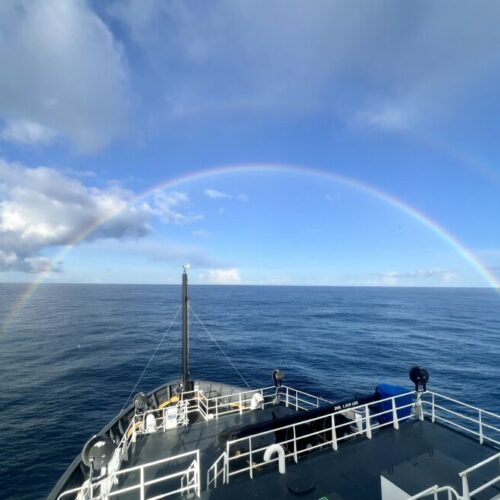
Ocean conditions mixed for salmon, leading to average salmon returns
NOAA biologist Brian Burke says mixed ocean conditions may lead to average salmon runs, but climate change is disrupting ecosystems—making continued research critical.

Canadian leaders hope trade negotiations won’t derail Columbia River Treaty
A view of the Columbia River in British Columbia. The Columbia River Treaty is on “pause” while the Trump administration considers its policy options. However, recent comments by President Donald
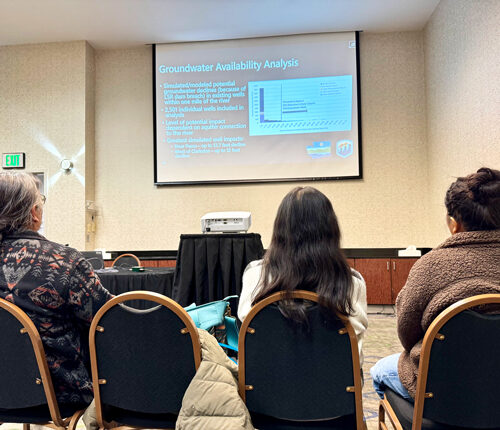
Snake River water, recreation studies look at the river’s future
People listen to an introductory presentation on the water supply study findings at an open house-style meeting in Pasco. After they listened to the presentation, they could look at posters





